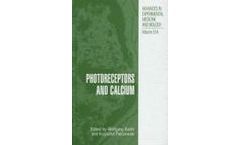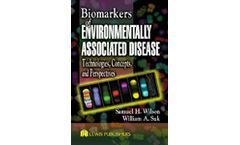Refine by
human-disease books
4 books found
This book summarizes the current knowledge on the molecular bases for human inherited diseases associated with unstable mutations. Five chapters describe molecular mechanisms that destabilize normal regions of DNA and explain how repetitive elements cause such diseases. ...
This volume foxuses on the status of Ca2+ ions in regulation of phototransduction, light adaptation and the recovery phase in vertebrate photoreceptors. Particular emphasis is given to Ca2+-binding proteins and their targets, among them particulate guanylate cyclases, GPCR-coupled kinases and cyclic nucleotide-gated cation channels. The book also expands our understanding of events invovling Ca2+ ...
Gene mapping is used in experimental genetics to improve the hardiness or productivity of animals or plants of agricultural value, to explore basic mechanisms of inheritance, or to study animal models of human inheritance. In human populations it is used as a first step to identify genes associated with human health and disease. ...
The end of the 20th century brought with it a revolution in molecular biology that culminated in advances such as the completion of the human genome. This has brought optimism to the fields of toxicology and environmental health, and the anticipation that molecular biomarkers might soon come of age and have a major impact on human and environmental health. Biomarker research is an area of current ...




